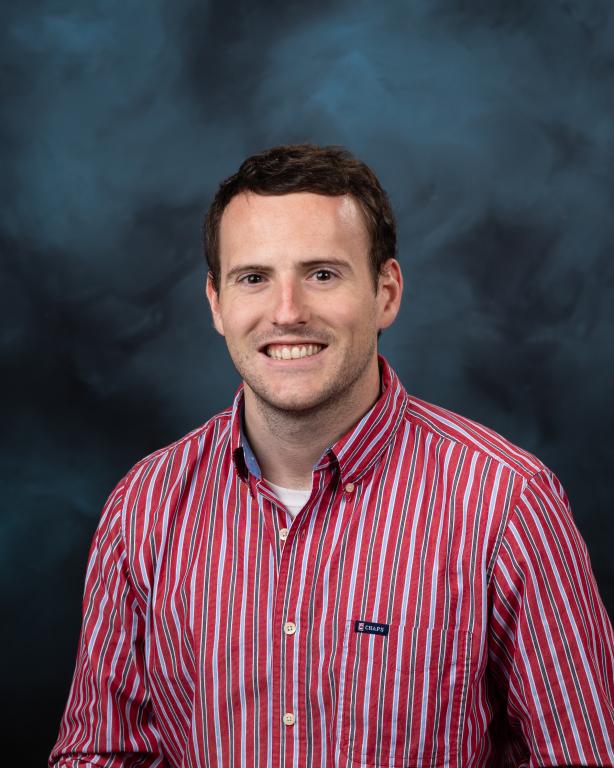
Nuclear materials can produce vast amounts of energy. This unique attribute can be harnessed through reactors to provide a reliable, low-carbon electricity source. It can also be used to make weapons. ORNL's Nuclear Nonproliferation Division helps to ensure nuclear materials are being used peacefully all over the world.
One approach to nonproliferation includes testing isotopes that come out of nuclear reactors to understand their production purpose. Andrew Conant, an ORNL research and development associate, focuses his work in this sector.
"Most of the nuclear industry cares about specific reactor performance, safety, and those kinds of parameters, but we're looking at things coming out of the reactor that can help us understand nonproliferation and national security," he said.
Unfortunately, it's difficult to obtain physical samples from reactors. To help explore both the samples and the measurements on them, Conant partnered with researchers from Idaho National Laboratory and Lawrence Livermore National Laboratory. The group recently published a paper in the Journal of Radioanalytical and Nuclear Chemistry.
The paper stemmed from broader projects Conant worked on as a graduate student at Georgia Tech with a goal of understanding the variability of isotopes produced in a nuclear reactor and retroactively studying reactor operational conditions. This could include what power it was operating at, how long it was in operation and the kind and quantity of materials it was producing.
"Essentially what I did on this part of the project was look at the simulation of the nuclear reactor to quantify the fission gas concentrations to back out the correlations and understanding of reactor operational parameters," Conant said. He noted that ORNL's computational science resources and nuclear engineering expertise were of particular benefit to the research.
Conant started his career at Oak Ridge National Laboratory as an intern while he finished his doctorate dissertation research at the High Flux Isotope Reactor. He earned his doctorate in nuclear engineering from Georgia Tech in 2019 and now focuses on nuclear reactors as a researcher in ORNL's Nuclear Nonproliferation Division.
I would like to keep diving into these nonproliferation challenges that help ensure current nuclear technologies, reactors and advanced reactors are not posing a proliferation threat to the world. That's going to help perpetuate their use throughout the world for decades to come. - Andrew Conan
"My main focus is being able to quantify the various isotopes the reactors are producing and ensuring the detection of production values is consistent with national security concerns and international measures," Conant added.
Conant said the multi-lab team behind the recent publication wants to develop a nuclear fuel measurement workflow that will help them answer questions on nuclear material production for sponsors and government partners. Looking ahead, Conant added his next research pursuits will be to explore plutonium pathways, as they are more common in proliferating countries.
"I would like to keep diving into these nonproliferation challenges that help ensure current nuclear technologies, reactors and advanced reactors are not posing a proliferation threat to the world," Conant said. "That's going to help perpetuate their use throughout the world for decades to come."
UT-Battelle manages ORNL for the Department of Energy's Office of Science, the single largest supporter of basic research in the physical sciences in the United States. The Office of Science is working to address some of the most pressing challenges of our time. For more information, please visit energy.gov/science.






